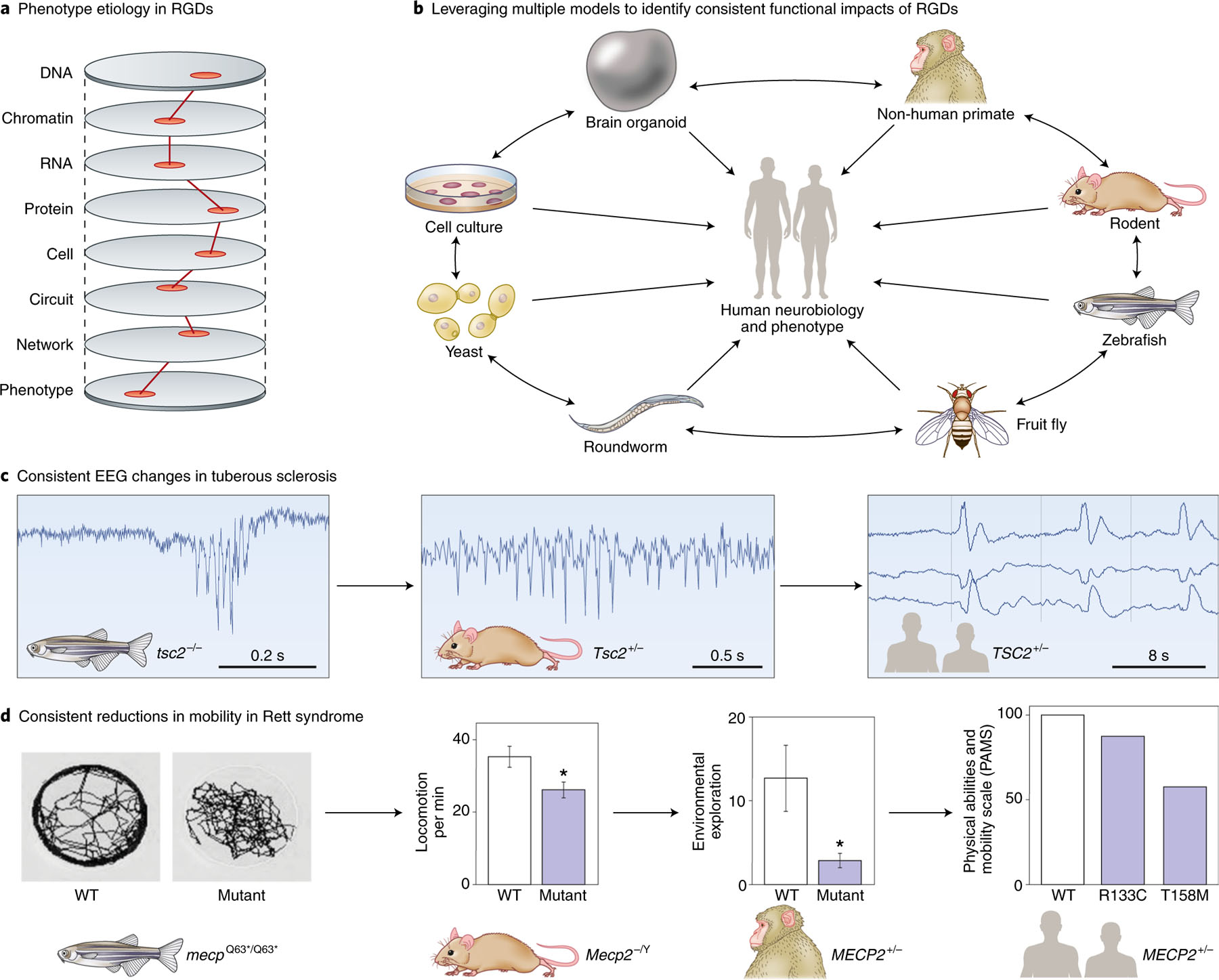Fig. 4 |. Functional assays across disorders and models.

a, To understand the etiology of neuropsychiatric disorders, we need to identify the minimal ‘causal path’ by which the effects of the RGD lead to the phenotype, as shown by the hypothetical red line. Future therapeutics or biomarkers would be expected to interact with this causal path. b, No model experimental system perfectly recapitulates the human brain. By performing similar assays across multiple models, we can identify consistent consequences of RGDs, while leveraging the strengths of each model. These need to be related back to humans through similar assays or testing model predictions. c, Seizure activity is consistently observed in models of tuberous sclerosis (TSC2), though a homozygote model is used in zebrafish135–137. d, Mobility is consistently reduced in models of Rett syndrome (MECP2); as with TSC2, the specific genetic lesion assessed varies between models138–141. Credit: Debbie Maizels/Springer Nature.
